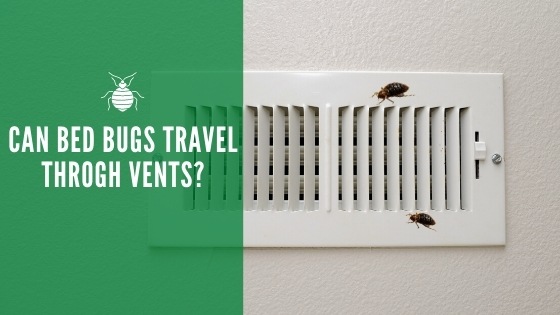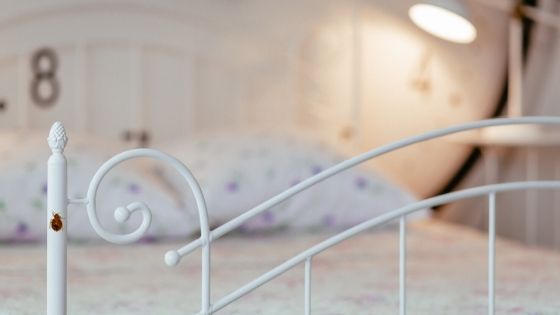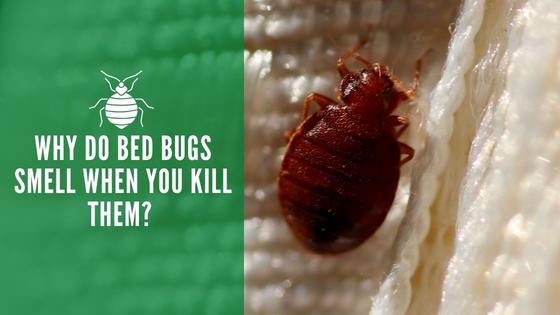Bed Bug Tips: Effective Strategies for Maintaining a Bug-Free Home
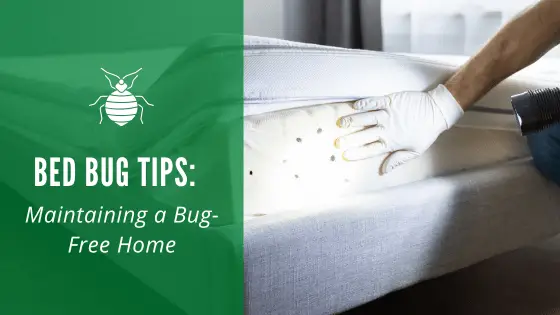
Bed bugs can be a troublesome presence in any home. These tiny pests hide in cracks, crevices, and even in furniture, making them hard to spot and eliminate. The key to keeping a home free from bed bugs is regular inspection and swift action when signs of infestation appear. Knowing what signs to look for can help tackle the problem before it grows.
Implementing preventive measures and proactive strategies can significantly reduce the risk of bed bug invasions. Simple habits like minimizing clutter, thoroughly inspecting secondhand furniture, and maintaining a clean living space can make a difference. Additionally, understanding when to seek professional help ensures that any infestation is dealt with effectively and efficiently.
Got Bed Bugs? This is what you should do next
In this article, we will explore essential tips and expert advice on identifying, preventing, and controlling bed bug infestations. With this knowledge, you can safeguard your home against these unwelcome guests and maintain a comfortable, pest-free environment.
Understanding Bed Bugs
Bed bugs are small insects that can cause discomfort and health issues in homes. Recognizing these pests and knowing their behaviors is essential for effective control.
Identification of Bed Bugs
Bed bugs are oval and flat, usually about the size of an apple seed. Their color ranges from brown to reddish-brown, especially after feeding. These pests have small heads and larger bodies, with six legs and two antennae. Unlike some insects, they do not have wings, so they cannot fly. Finding eggs or tiny nymphs in mattresses, crevices, or bed frames often indicates their presence.
Bed bug bites often appear in clusters or lines, with symptoms including redness, itching, and swelling. These bites are usually the first visible signs of an infestation. The bugs tend to leave dark spots of excrement on bedding, which can also be a helpful identifier.
Life Cycle and Habits
A bed bug’s life cycle starts as a small, milky white egg. Females lay eggs in secluded areas, which hatch into nymphs in about a week. Nymphs must feed on blood to grow, undergoing several molts before reaching adulthood—a process taking about a month under optimal conditions. Adult bed bugs can live several months without feeding, making them resilient survivors.
Bed bugs are nocturnal, feeding primarily at night. They detect humans through body heat and carbon dioxide, making sleeping individuals prime targets. These insects can travel quickly between rooms in homes or hotels, so infestations can easily spread. Understanding their habits is crucial to combat them effectively.
Common Hiding Spots
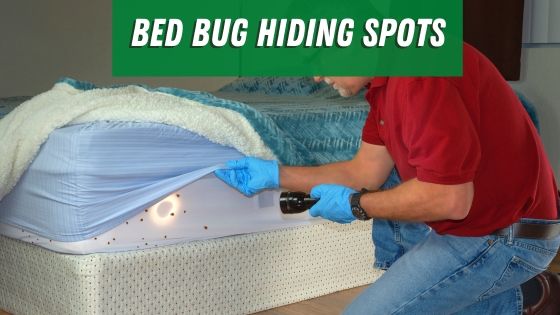
Bed bugs favor small cracks and crevices close to their food source. In most homes, mattresses and box springs offer ideal hiding places. Bed bugs can also be found in bed frames, headboards, and upholstery. Beyond beds, they may hide in curtains, under loose wallpaper, or beneath carpet edges.
Furniture seams and electrical outlets can also shelter these pests. During the day, they prefer hidden, dark spaces to avoid detection. Recognizing possible hiding spots can help target treatment and prevent further infestation. Thorough and methodical inspections are key to ensuring a pest-free home.
Understanding these aspects is vital for anyone dealing with a bed bug problem. It ensures a balanced approach to prevention and control.
Prevention and Control
Prevention is key to avoiding bed bug infestations, while control methods are crucial once they occur. It’s important to take proactive measures, understand effective treatment options, and know when to call in the experts.
Proactive Measures
Vigilance is essential to preventing bed bugs from entering the home. Regularly inspect bedding, furniture, and carpets for signs of these pests. Encasing mattresses and box springs in protective covers can be highly effective.
When traveling, check hotel rooms thoroughly, especially the beds and furniture. Avoid placing luggage on the bed and use luggage racks instead. After traveling, wash and dry all clothes on high heat to kill hitchhiking bugs. Regular cleaning and clutter reduction can also decrease bed bug hiding spots.
Treatment Options
When an infestation is suspected, prompt treatment is essential. Washing bedding and clothing in hot water can eliminate many bed bugs, while thoroughly vacuuming carpets and rugs can remove others.
Chemical treatments, such as insecticides, are available but should be used carefully and according to directions for safety . Steam treatments can effectively kill bed bugs on contact without using harmful chemicals.
If you think that you have bed bugs, here’s what we highly recommend you do next: Get Started
When to Call a Professional
Sometimes, professional pest control services are required for serious infestations. If home treatments fail or the infestation is extensive, it’s wise to consult experts.
Professionals can access stronger, specialized chemicals that are often more effective than over-the-counter solutions. They can also provide heat treatments that involve heating the entire room to a temperature lethal to bed bugs.

